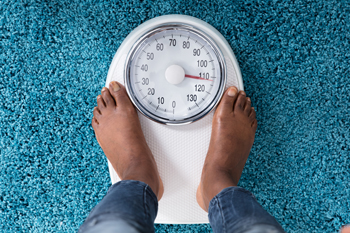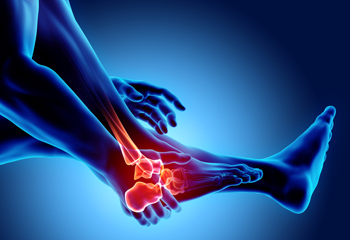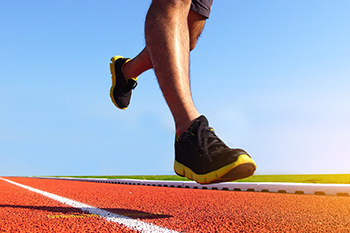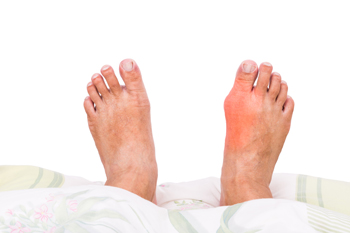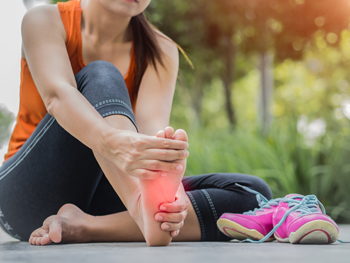
While most runners will likely endure an injury at some point, preventative methods can be employed to help stave them off. One of the most frustrating aspects of a running injury is having to curtail running until it heals. Shin splints, hamstring and groin strains, plantar fasciitis, and Achilles tendonitis are among the most common runner injuries. Increasing intensity, distance, training regimens slowly, and varying workouts may be the most important factors in helping to prevent a running injury. Also, a runner who sustains recurring injuries often does so because of improper treatment and not allowing enough time before reengaging in running. Wearing comfortable, well-fitting, and supportive running shoes, alternating running shoes between workouts, doing warm-up and strengthening exercises beforehand can reduce risk of injury. In addition, being aware of how the body feels and tending to physical and mental health will also help prevent injury. If you are a runner and want to make sure you are in the best shape to head off injury, as well as treat an injury properly once it happens, developing a relationship with a chiropodist is suggested.
Although running is a wonderful exercise to keep you in shape, it can wreak havoc on your feet and ankles if you don’t take preventive measures. If you have sustained a foot and ankle injury from running, please consult with one of the chiropodists from The Footcare Centre. Our chiropodists can help you maintain the health of your lower limbs and your mobility.
Some common running injuries include:
Achilles tendonitis
Shin splints
Ankle sprains
Stress fractures
Plantar fasciitis
Bursitis
What causes injuries?
These injuries are usually caused by overtraining, wearing the wrong shoes, running on hard surfaces, having tight and inflexible muscles, or having biomechanical issues in the feet or ankles.
What can I do to prevent injuries?
Train slowly and gradually
Give yourself plenty of time to recover following a run
Wear shoes that fit properly and support your foot
Avoid running on hard surfaces, like concrete
Stretch and strengthen the muscles of your lower legs
Warm-up prior to a run
Have your gait analyzed and your feet examined by a chiropodist to determine if there are any biomechanical problems that need to be treated
If you have any questions, please feel free to contact our office located in . We offer the newest diagnostic and treatment technologies for all your foot care needs.
